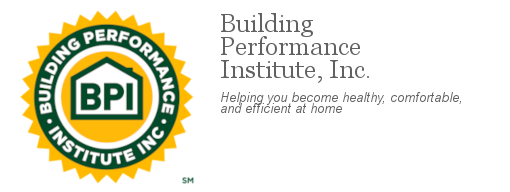
Oh, to be able to lasso the sun into our homes and enjoy its clean, mighty energy to heat and power our homes! While we can't literally harness the sun, we can take steps to use its extraordinary energy to reduce our costs as well as emissions. Here are some simple, creative, and effective ways to harness alternative energy in your home.
1. Energy efficient window shades
Using the right window treatments can help you maximize the heat from the sun and retain the energy in your home. Window shades can insulate your home while also giving you optimal control on light (and heat) filtration. Open the shades to let the sun in during the day, and close them in the evening to trap the sun’s heat in your home. Cellular shades, for example, are extremely effective at utilizing the sun’s warmth for your home. They are often made of fabric and contain air chambers whose layers trap air at the window to help to block out heat or cold.
2. Heat pump
For an energy efficient alternative to a furnace or air conditioner, it pays to install a heat pump. This device uses electricity to move warm or cold air from one space to another, enabling you to transfer warm air outdoors in spring and summer, or move cold air outdoors in fall and winter. The U.S. Department of Energy estimates that a heat pump can help homeowners reduce their use of electricity for heating by 50% versus furnaces, baseboard heaters, and other electric-resistance heating systems.
Three types of heat pumps are available:
- Air-to-air: This pump can deliver between 1.5x to 3x more heat energy to a residence than a home itself will use.
- Geothermal: Using the earth as a heat source, the pump transfers heat to or from the ground.
- Water source: This kind of pump may be used in homes where continuous heating and cooling is required year-round.
3. Solar panels
Solar panels are a long-term, substantial home improvement that can help you significantly reduce your environmental impact and energy bills over the course of several years. Typically installed on the roof, solar panels cleanly convert the sun’s light into electricity for use in the home.
The added benefits to installing these panels are the tax credits and rebates associated with them. The U.S. Green Building Council notes a federal income tax credit is available that enables you to get money back after you purchase and install solar panel equipment. Meanwhile, various state and local rebates and Solar Renewable Energy Credits (SRECs) are making solar panels more attractive than ever before to homeowners nationwide.
4. Solar-powered exterior lighting
How much do you spend each year to illuminate your home's exterior? Lamp posts, walkway lamps, and doorway sconces can run up your electric bills by hundreds of dollars each year. Instead of this costly choice, take advantage of solar-powered exterior lighting, and you can use the power of the sun to light up your home and yard.
Solar-powered exterior lighting is easy to install and provides multiple hours of light on a full charge. Additionally, solar-powered exterior lighting often uses a lithium ion battery that may last for around 1,000 charges, so you won't have to worry about replacing this battery any time soon.
So, while you may have to give up your hopes of lassoing the sun, you can still harness its energy in extremely effective and efficient ways. This will help to concurrently lower your power bills and fossil fuel consumption.

Follow us